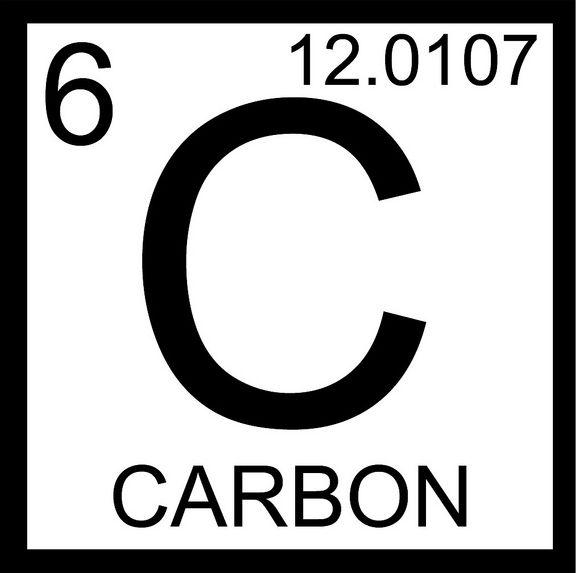In the study linked at the end of this post, you can learn how buying from local businesses such as Sonoma County’s Oliver's benefits the local economy far more than non-local businesses. Going local is when merchants and consumers purchase locally instead of giving into the price incentives of sourcing goods globally. One challenge with buying locally is the difficulty to define what is considered local. A second challenge is leakages and when outside vendors entice local consumers to purchase their goods. A "leakage" takes place whenever someone makes the choice to buy something that is not local. An example of a leakage could be if a local grocery store pays an employee who then goes to a non-local restaurant to spend their money. Even when going local, there may be reasons to outsource from other areas that have a comparative advantage in a certain area.
A common concept addressed when discussing going local is the multiplier effect. The multiplier effect claims that the existence/expansion of an industry has a ripple effect on local/global economies. IMPLAN is used to analyze the employment, revenue, wage, and tax effects of economic events. There are three impact classifications: direct, indirect, and induced. If you add these three impact classifications up, you can measure the total effect that an industry has on an economy. Direct effects are event-specific. An example would be the construction of new facilities and subsequent hiring of local workers, which has a direct effect on the local employment, tax, and business revenues. Indirect effects stem from the new workers and businesses who use their new income and spend a portion of their money on other businesses' goods and services. This revenue flow results in higher employment, wages, revenue, and taxes. Induced effects are similar to indirect effects, but come from indirectly affected workers and firms and the economic gains they get from the indirect effects. When a local grocer buys goods from a local supplier, hires local workers, and keeps their profits local by reinvesting in the community, the multiplier effect is more robust than other retailers who focus outside the local arena.
A locally-based economy differs from one with more “foreign” purchases in a number of ways! When you buy locally, you support yourself and others in your community. When you buy from an independent, locally owned business, rather than a nationally owned business, significantly more of your money is used to make purchases from other local businesses, which helps support the local economy as a whole. Further, local businesses hire significantly more local residents, which adds value to the local economy. In addition, local businesses reinvest in their communities. Because they’re owned by people in the community, these businesses are less likely to leave and more invested in the future prosperity of the community. Grocers that are not headquartered locally send revenue to other areas outside of where you purchase them. However, if a business is local, the grocery store retains and circulates its profits locally, contributing to the multiplier effect. For every $100 spent at Oliver’s on local goods versus buying the same goods at a national or regional chain, there is at least 11.5 percent larger economic impact on Sonoma County. Shopping locally reduces your environmental impact. By staying local instead of driving to the next town’s grocery story or ordering an item from across the country, you can help reduce gas emissions and environmental damage. Additionally, since local businesses tend to purchase from other local businesses, supporting them helps minimize the environmental impact of transporting out-of-town goods. Further, tax revenues are generated from taxable sales and purchases. For every $100 sold of local goods, the local store generates about $20.4 through state and local taxes while a non-local store only generates $7.51 for that same $20.4.
Oliver’s has had an incredibly positive effect on Sonoma County. Oliver’s current operations provide over $184.3 million, $19.3 million in state and local taxes, and create or sustain over 711.5 jobs for Sonoma County. If a non-local grocer hires and buys locally in the same capacity, Sonoma County loses over $6.5 million of the broader impacts because the profits go away from Sonoma County. If the non-local grocer does not source goods locally, Sonoma County loses over $57.6 million annually. Oliver’s local buying protocols are a simple but powerful example of what it means to go local. Oliver’s may have as much as a 155 percent more impact when local residents shop at Oliver’s versus another, non-local retailer, and even more in local tax retention.
For more information on the benefits of shopping locally and a thorough case example with Oliver's market, click the link below!
Sonoma State University - Study: Going Local as a Retailer





